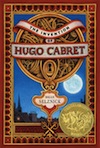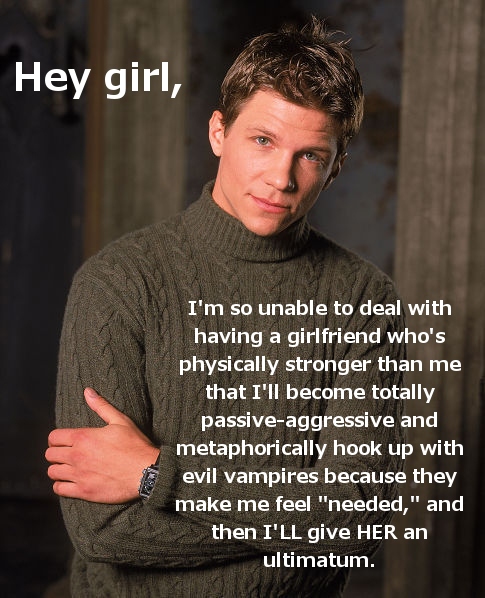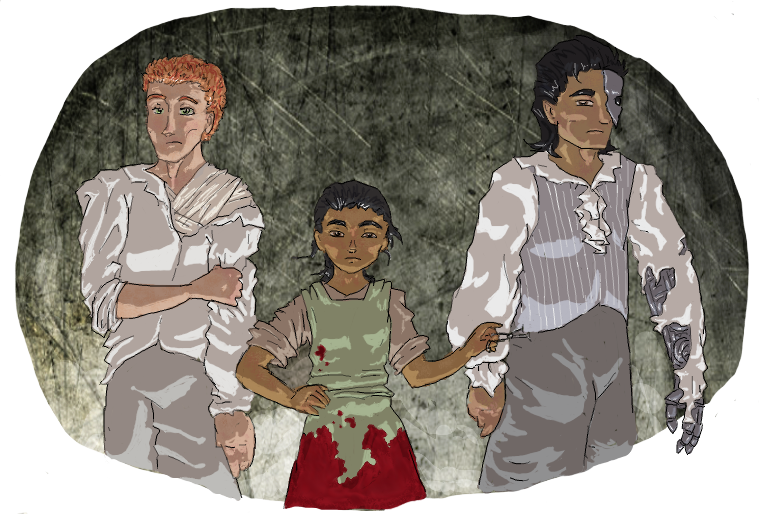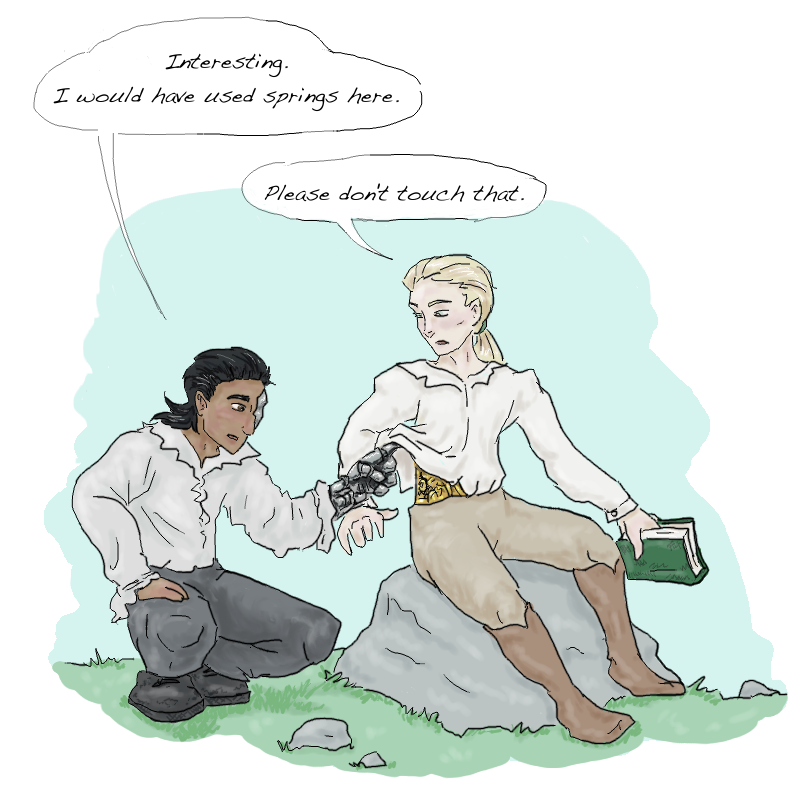Y’all. There are, like, a bajillion books out there. In fact, there are probably a solid bajillion books out there that I would really like to read, or that you would really like to read. So how do we choose which ones we actually do read? And – a question of particular interest to authors – how do we choose which ones we buy?
I got thinking about this because of author Delilah Dawson’s post about authors’ social media marketing techniques that don’t work. (She followed this with a post about ones that she feels do work, and various other people responded with posts of their own.) This made me wonder: how do people choose what books to actually purchase?
I admit it: these days, I don’t buy a lot of books for myself personally. My budget’s tight, and also I work for a library system that can get me anything I want in a couple of days flat. (I’m so spoiled. How will I ever be able to leave? *clings to CLAMS system*) I do buy books for other people as presents. These are usually either books I’ve read and loved, books with massive buzz that sound like they’d fit the giftee perfectly, or sometimes books recommended by the employees of my local independent bookstore or by the lovely reference librarian at my own library.
However. Outside of all that, I still spend approximately $500 a month on YA books. That’s because I’m a Teen Services librarian for a very-well-funded public library. So I thought my rationale for that buying might be of some interest.
First of all, I read a LOT of YA book review sites and blogs. Probably my favorites are Forever Young Adult, Diversity in YA, and the periodic diverse book lists posted by author Malinda Lo. I also use No Flying No Tights, among other sites, for graphic novels. When I’m not sure whether to order a book or not, I sometimes check out its reviews on Goodreads, though I know to take most individual reviews there with a grain of salt.
A big part of the library buying is basic rather than discretionary. That is, demand dictates that I MUST buy these things before buying stuff that just sounds neat. Is there a new Sarah Dessen coming out? A new John Green? Something with Maggie Stiefvater’s or Cassandra Clare’s name on it? A new Raina Telgemeier graphic novel? And then there are series to keep up-to-date.

My library is part of CLAMS, a system with about three dozen libraries which, as I mention above, can do quick and easy interlibrary loans. This means that every library will not collect every series, even if they’re popular. For example, my library doesn’t carry the Pretty Little Liars series by Sara Shepard, because there are fifteen of them (not counting prequels, sidequels, whatever) and our patrons can easily order them from another library. But we do carry The Lying Game series by Sara Shepard, while some other libraries in CLAMS don’t. This leads some libraries to unofficially specialize in certain types of books. Mine, for example, has a lot of superhero graphic novels in the YA collection, and a pretty decent YA audiobook selection. But there are lots of popular things we don’t have, like all fifty million volumes of Naruto. Another library has those. We cover the gaps in each other’s collections. (Though, of course, we all have, say, The Hunger Games and Harry Potter, because NOT OPTIONAL.)
On the other hand, my library is located in a summer resort town. We make it easy for vacationers to get library cards and check out materials. This means that we don’t want to rely too hard on other libraries having popular books, because in summer, we’ll get lots of people who want to pick something up that day, making interlibrary loan unhelpful. So we have to balance that.
To make sure I don’t miss a big upcoming book release, I regularly go through the long long list of all the YA books that will become available via our ordering system, Ingram, in the next few months or year. That is a LOT of books. Ingram is fairly thorough in terms of what books are included, but it doesn’t give much of a summary of each book, so I turn again to book review sites.
I order each year’s Printz winner, and usually the honor books, too, if we don’t already have them. And I tend to buy books that aren’t in CLAMS if patrons request them (recent examples include the Horatio Lyle series by Catherine Webb).
If there seems to be a gap in our nonfiction collection, I’ll look for books on that topic specifically. I order anything that looks half-decent if it has Minecraft in the title, and same with guides to drawing manga. My library is also the only one in CLAMS with an up-to-date collection of Dungeons & Dragons manuals, which are very popular.
After I’ve ordered what I think our patrons will demand, then I get to pick lesser-known books that look high-quality and/or fun and/or important. (When I say “important,” I usually mean books that feature underrepresented views or situations.) While patron demand requires me to order every new Ally Carter book, my own knowledge of their greatness requires me to order every new Sara Farizan book. (Not dissing Ally Carter. Just saying she’s popular like whoa.) Ditto Brandon Sanderson’s YA books, A.S. King, Lamar Giles, and oodles more.

I discovered A.S. King through recommendations on the Young Adult Library Services listserv. I heard about Steelheart by Brandon Sanderson from a coworker. I heard Sara Farizan interviewed about If You Could Be Mine on NPR. I discovered Brandy Colbert through a review of Pointe on Forever Young Adult, and now consider her books must-haves for the collection. (Is that new one ready yeeeet?) Honestly, if a book gets a great review on Forever Young Adult and no one else in CLAMS has it, I’ll order it on the spot.
So I guess in this instance, Delilah Dawson is right: Twitter and Facebook are not motivating me to buy books for the library. They don’t hurt, but it’s mostly reviews from people I respect and word-of-mouth that makes me order a book when I don’t already know it will be wildly popular with our patrons.
What makes you buy a book, or how do you learn about books you then go on to buy?

































